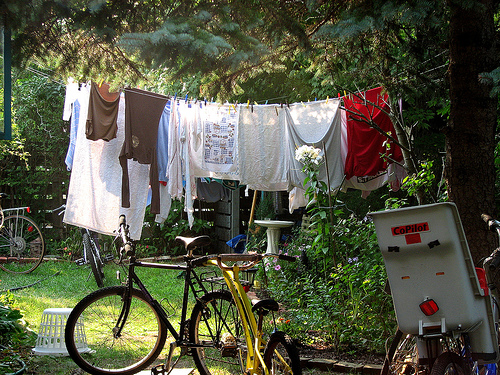At some point, our kids need to understand that laundry does not fly from the dryer to the hanger… or that not all chicken comes as ‘fingers’ or ‘nuggets.’ We need to teach them how things work and household chores can become tools to teach.
As parents, when teaching a new skill, we first have to adjust our expectations. There’s a good chance that any beginner will miss some places when they dust or leave a little pile when they first try their hand with a broom and dust pan. At what point do we ‘settle’ and when do we ask them to try again? How do we help them learn and improve… even to enjoy doing a good job?
Try the STAR method. Show – teach – attempt -rate.
The first step is to SHOW them how you do the job. Let them watch you clear the table and load the dishwasher from start to finish…. where you put food scraps, whether or not you rinse, where the detergent is, how to stack the machine… everything that goes into sparkling clean dishes. Share your STANDARDS are for this particular chore.
The TEACHING step is a role reversal. Your child takes the lead but you’re available to help with TECHNIQUE if needed. Are there some things that need to be scraped before they’re rinsed? WHY don’t bowls go on the bottom rack? (Understanding why things take place helps create context.)
Once you’re both sure that your child knows what to do and how to do it, it’s time for a solo ATTEMPT. When your child is satisfied that he or she has successfully completed the work it is time for the next step.
Together, the two of you will REVIEW the finished result. If you’re concerned about getting that roll-the-eyes, “you’ve got to be kidding” look, be sure to leave the RATING in their hands.
How does that work? With lots of questions. The purpose here is not to find fault but to teach your child how to evaluate their own efforts.
- How does it look to you?
- Did you do your best?
- On a scale of 1 to 10, how good does this result look to you?
- What would it take to move it from a 7 to an 8?
Don’t pepper them with questions… just encourage them to take an objective look at what they did. Let THEM feel the satisfaction that comes from a job well done or develop an interest in doing better.


